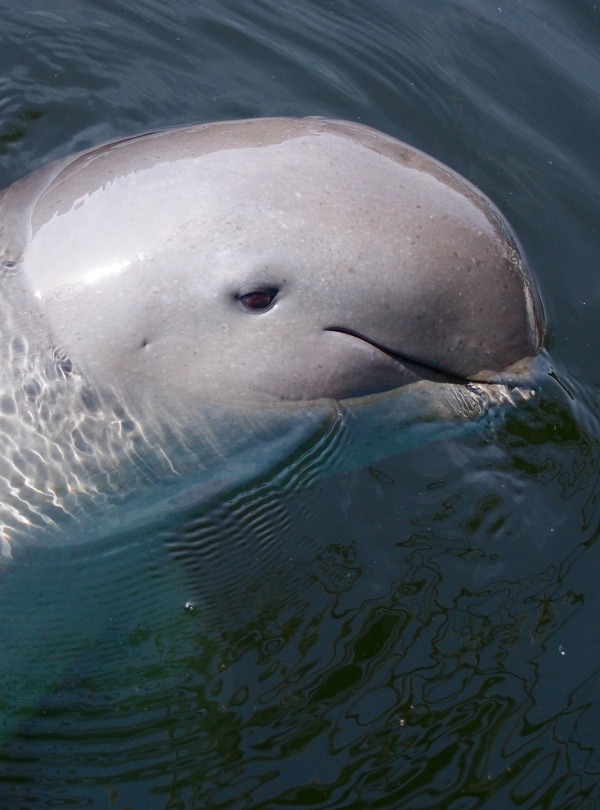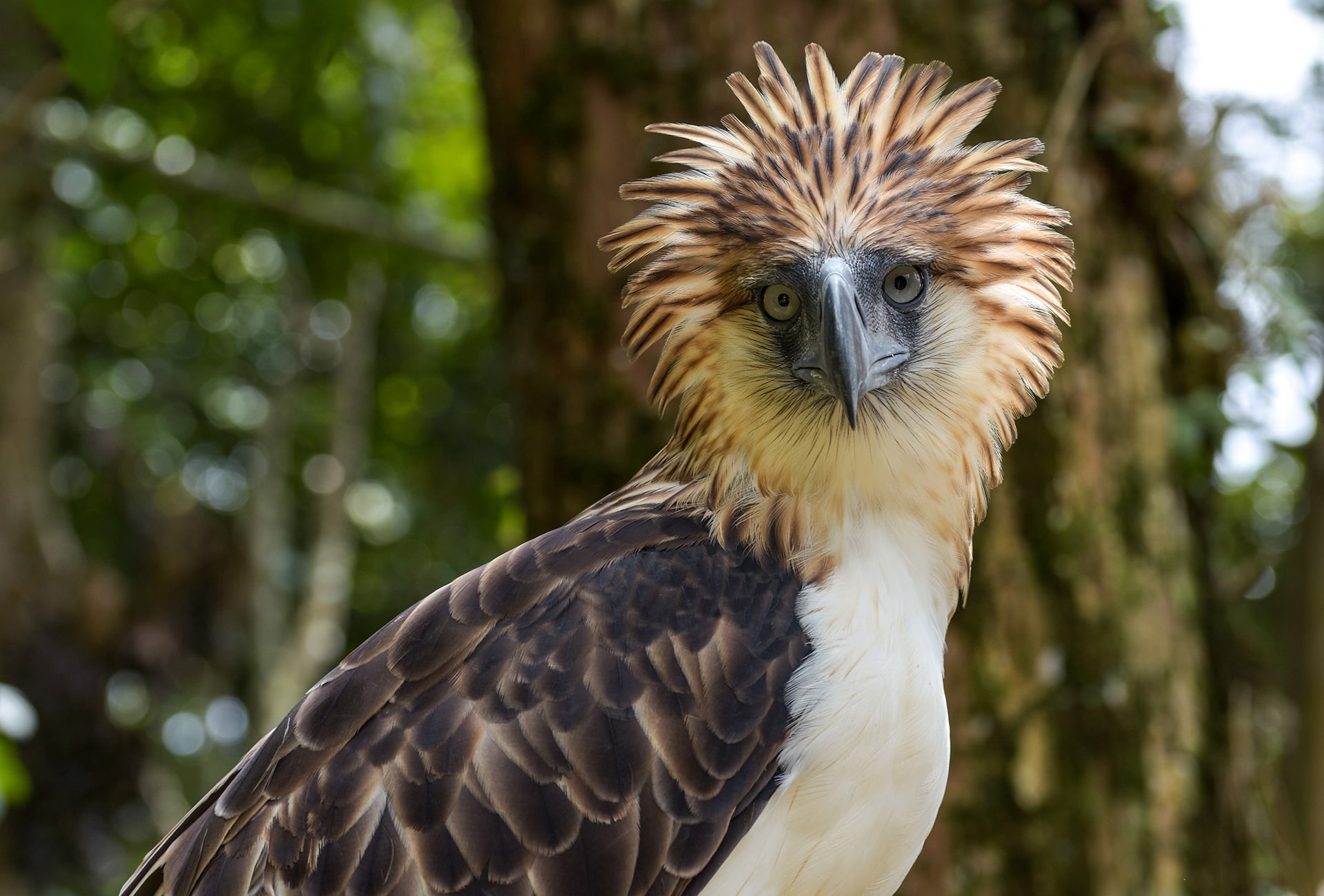
Protect the Spirit Forest and Save the Philippine Eagle
Support More Work Like ThisSupport More Work Like ThisRampant habitat loss has reduced the Critically Endangered Philippine Eagle’s range to just four islands in the Philippines.
-
Species at Risk
Philippine Eagle (CR), Philippine Cockatoo (CR), Rafflesia mira (CR), Pinsker’s Hawk-Eagle (EN), Giant Golden Crowned Flying Fox (EN), Rickarts’ Dyak Fruit Bat (EN), Cycas lacrimans (EN)
-
Carbon stored
8,787,756 mT*
*(metric tons of CO2 equivalents) -
Partner
Philippine Association for Intercultural Development
-
59,637 Proposed Acres Conserved by
Designation
-
Project Cost: $1,023,238
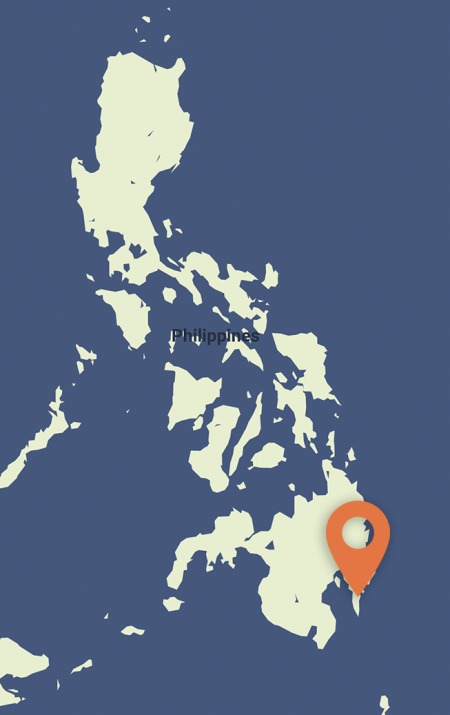
59,637
Rampant habitat loss has reduced the Critically Endangered Philippine Eagle’s range to just four islands in the Philippines.
-
Species at Risk
Philippine Eagle (CR), Philippine Cockatoo (CR), Rafflesia mira (CR), Pinsker’s Hawk-Eagle (EN), Giant Golden Crowned Flying Fox (EN), Rickarts’ Dyak Fruit Bat (EN), Cycas lacrimans (EN)
-
Carbon stored
8,787,756 mT*
*(metric tons of CO2 equivalents) -
Partner
Philippine Association for Intercultural Development
-
59,637 Proposed Acres Conserved by
Designation
-
Project Cost: £812,093

59,637
Along the east coast of Mindanao Island—the second largest island of the Philippines—at least 370 species of birds, mammals, amphibians and reptiles make their homes in an expanse of rainforest that is sacred to the Indigenous Peoples of the Labata and Limpong Mandaya Communities.
To protect these sacred forests from exploitation, they must first be clearly demarcated and formally recognized. Rainforest Trust and our partner, Philippine Association for Intercultural Development, with the International Land Coalition, seek $1,023,238 to support the formal designation of 59,637 acres of ancestral lands as Indigenous Peoples and Local Community Conserved Areas and Territories (ICCAs).
Header photo: Philippine Eagle, by MichalLukaszewicz
Discover Mindanao Island’s Imperiled Species
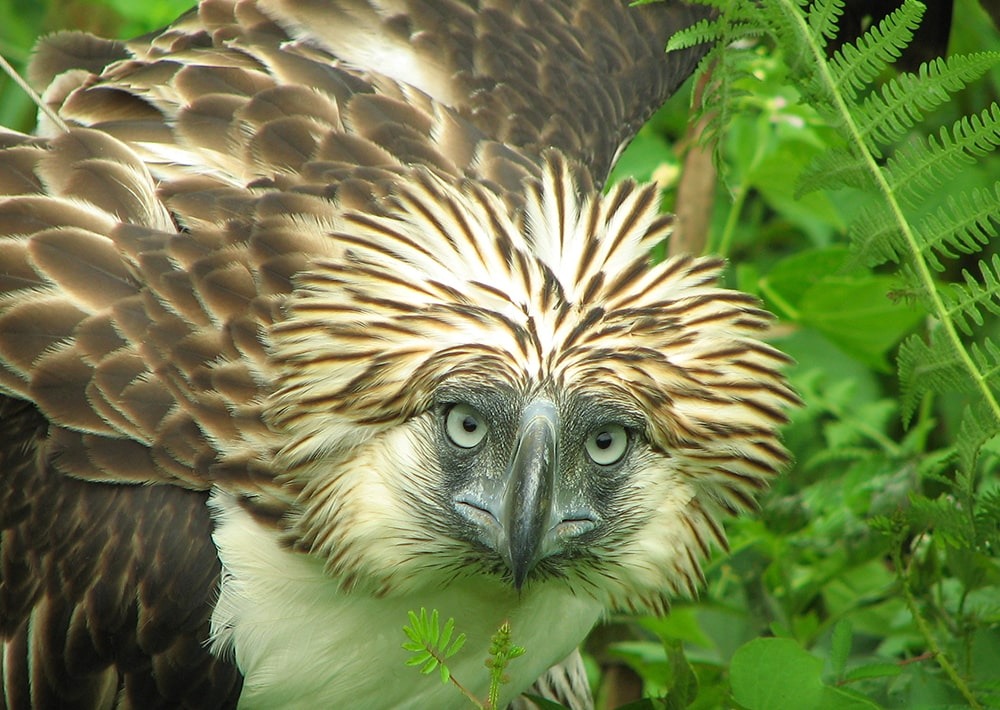
Philippine Eagle, by Casper Simon
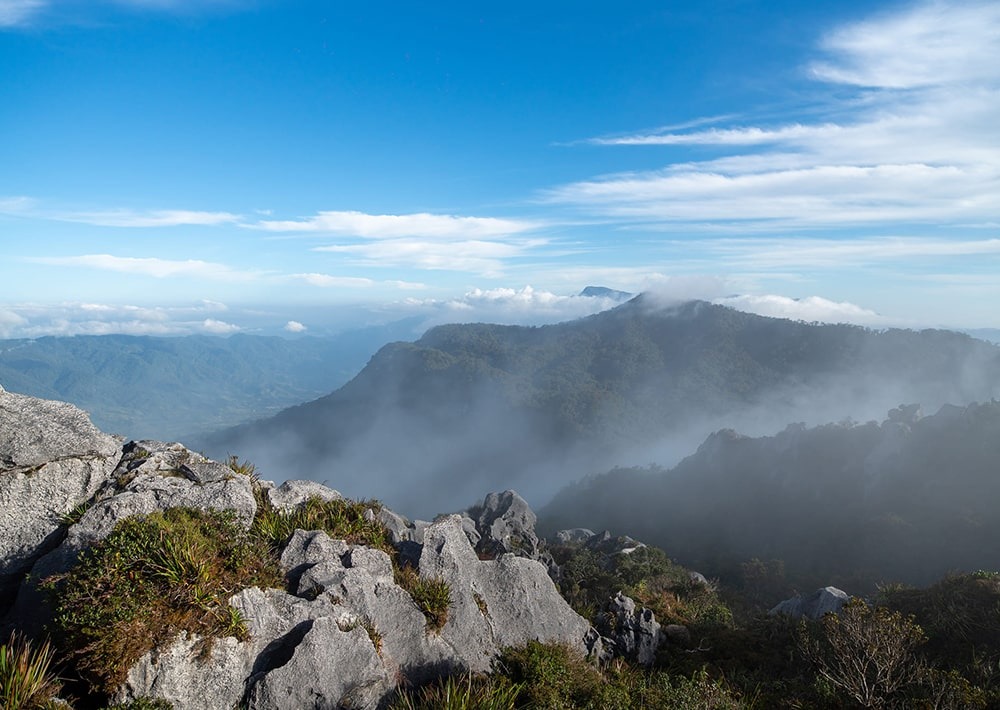
View of Mindanao landscape, by Eadweard Manzano Selidio, Jr.
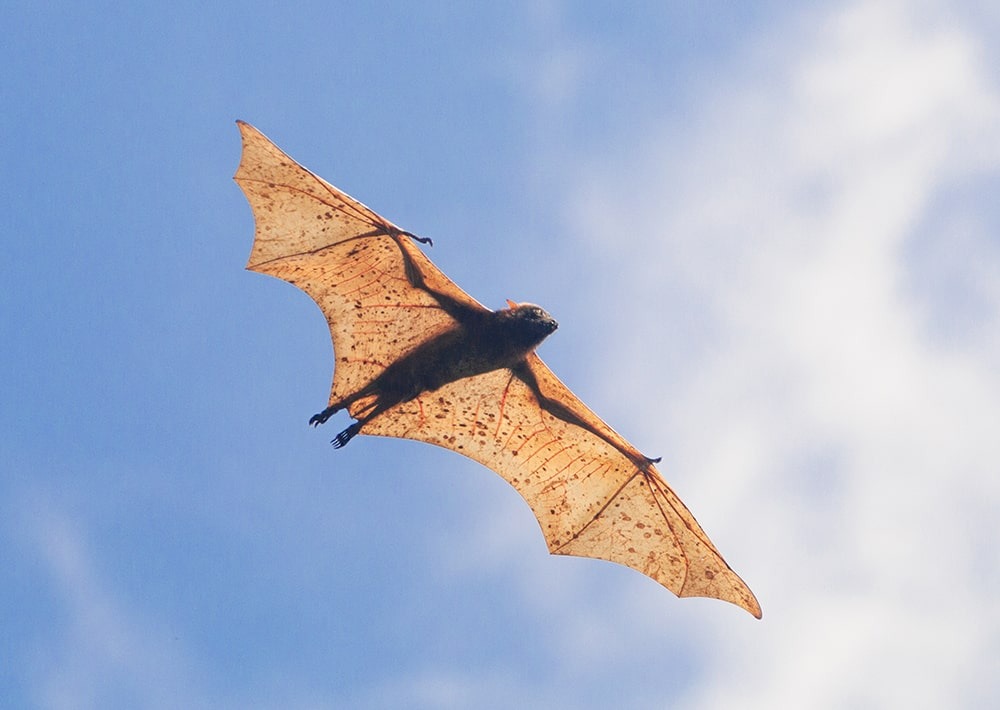
Giant Golden Crowned Flying Fox, by Luke Mrcos Imbong/Wikimedia Commons
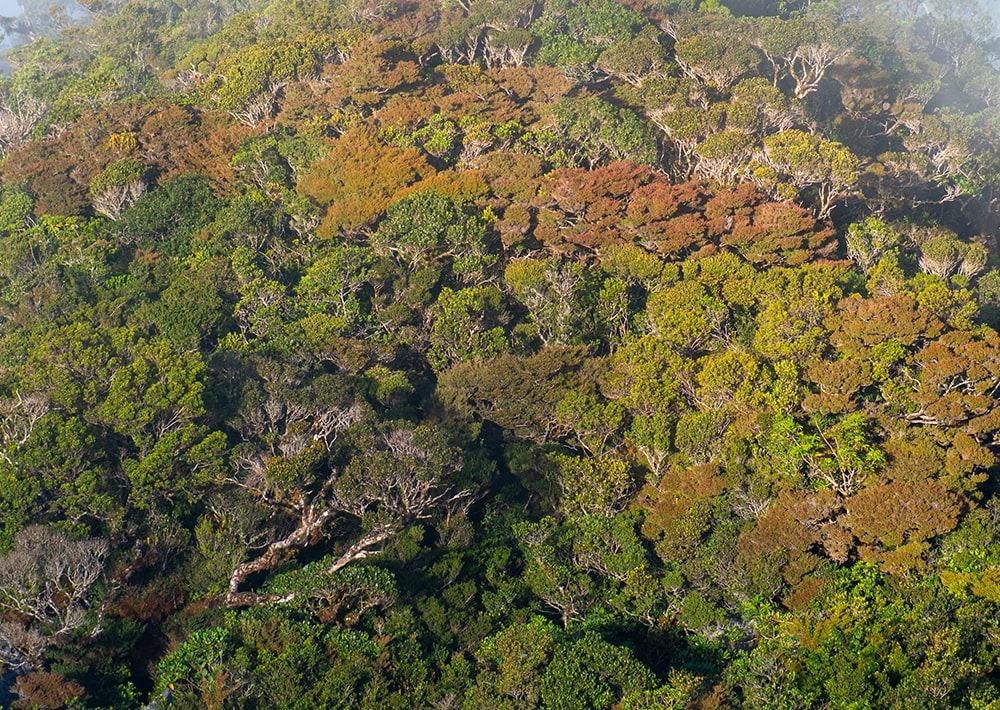
Mossy Forest in Mt. Kampalili, by Eadweard Manzano
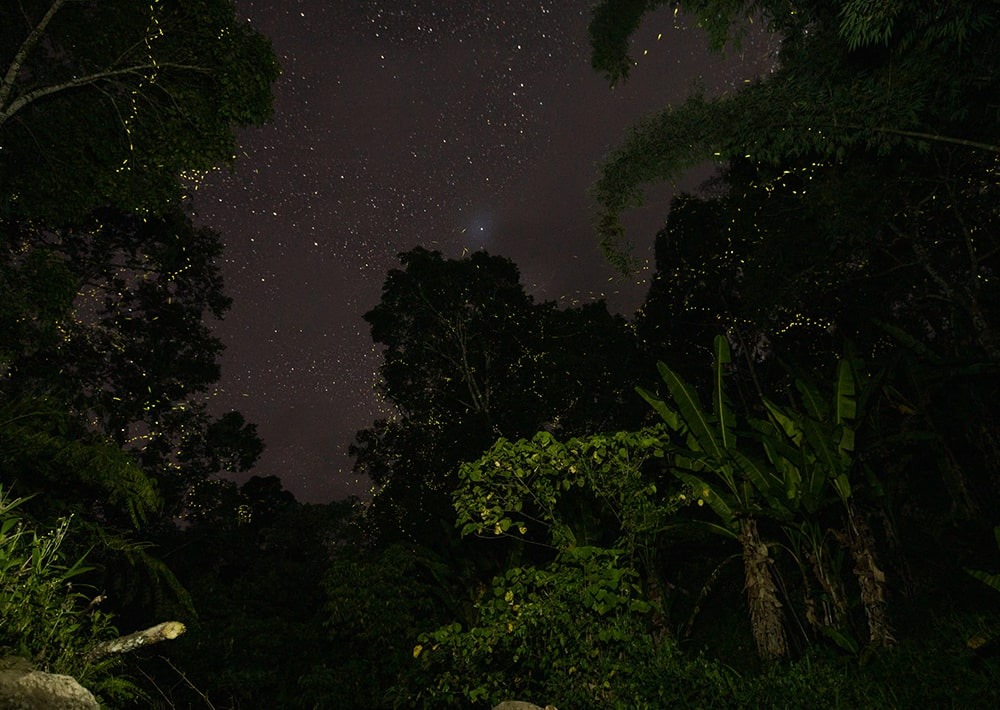
Countless fireflies lighting up a tree in project landscape, by Eadweard Manzano Selidio, Jr.
Did you know?
of the project area supports old-growth forest.
Save Critically Endangered Eagles, Cockatoos and Plants
True to its name, the Critically Endangered Philippine Eagle can be found in the Philippines and nowhere else in the world. Once, this majestic bird lived throughout the country, but unchecked habitat loss has reduced its range to just four islands and its population to an estimated 400 or fewer breeding pairs.
The Critically Endangered Philippine Cockatoo has also been erased from most of its range, and only an estimated 750 individuals remain alive today.
The unusual critically endangered parasitic plant, Rafflesia mira, is also endemic to the region.
In total, 50 or more of the species found in the project area live in the Philippines and nowhere else in the world.
The forest in the project area also safeguards numerous endangered species, including Pinsker’s Hawk-Eagle, Giant Golden Crowned Flying Fox (the largest bat on Earth), Rickarts’ Dyak Fruit Bat and a species of cycad tree, Cycas lacrimans.
Protect Indigenous Territories From Illegal Encroachment and Forest Conversion
Estimates suggest that 85% of the Philippines’ most important areas for biodiversity lie within ancestral Indigenous lands. ICCA designation will protect these lands from the risks of mining, illegal logging, unregulated tourism and the conversion of small-scale farms into banana plantations. Our partner has worked with Indigenous Peoples in the Philippines on land titling and community projects for more than six decades.
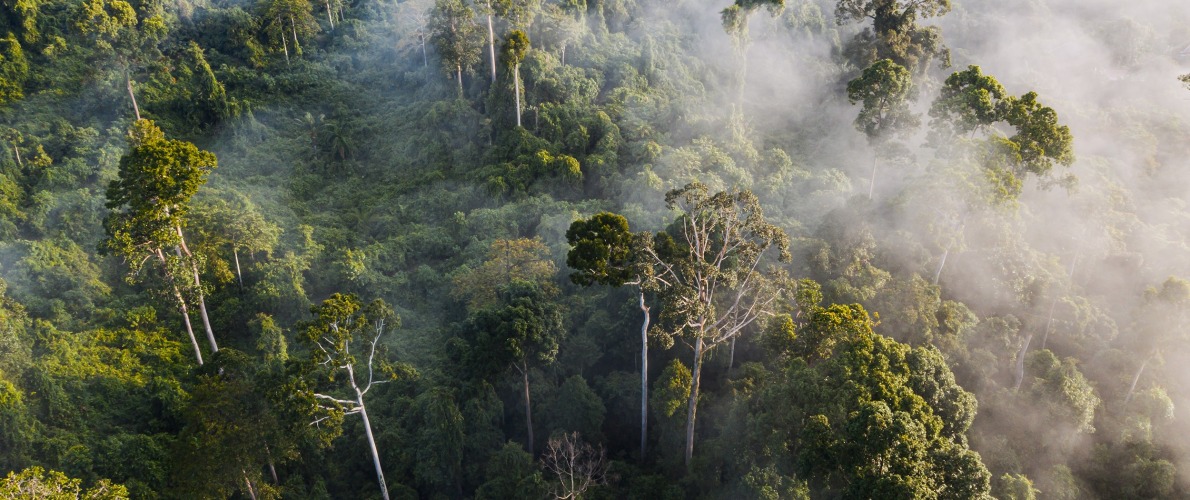
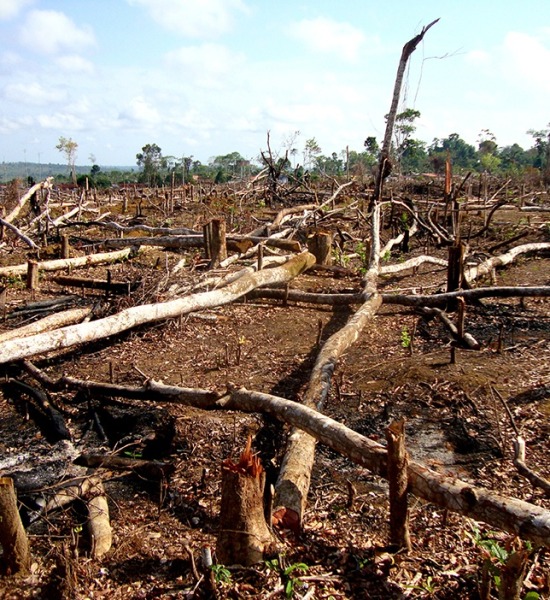
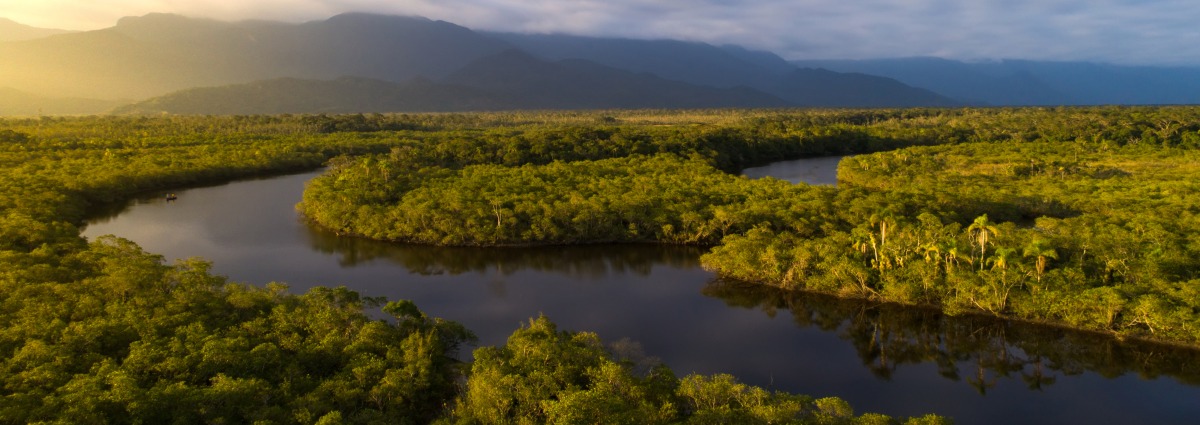
We Value Transparency.
Conservation work is critical, challenging, and can be costly. We work hard to ensure we raise only the funds needed for each project. In the rare case we raise more money than needed or a project comes in under budget, excess monies will be transferred to the Conservation Action Fund. This fund supports our important conservation work throughout the tropics.
Learn more about the Conservation Action FundLearn more about the Conservation Action Fund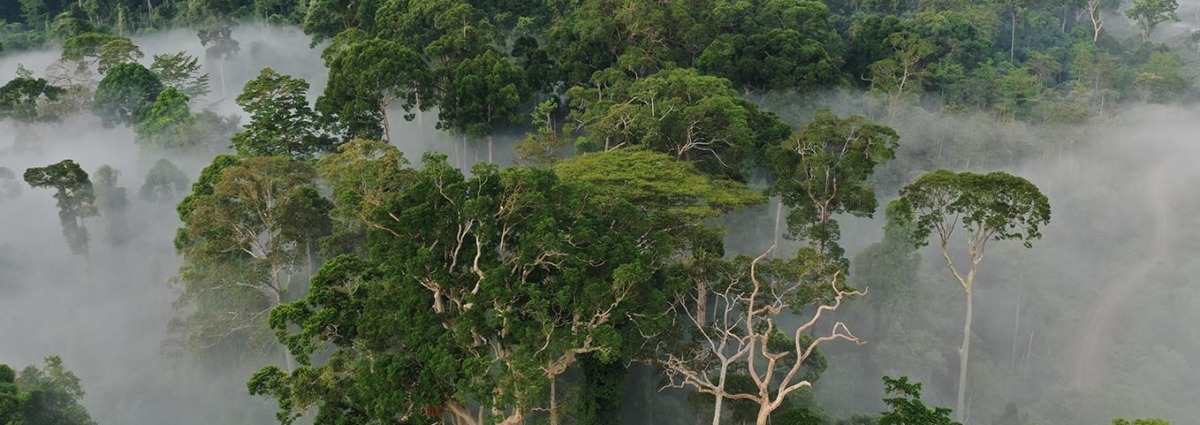
Partnering to Save Rainforest
Our partners’ ability to work with their governments and build strong connections with local communities ensures the successful implementation of our projects.
Learn More About This PartnerLearn More About This Partner
